Architect cover letter template
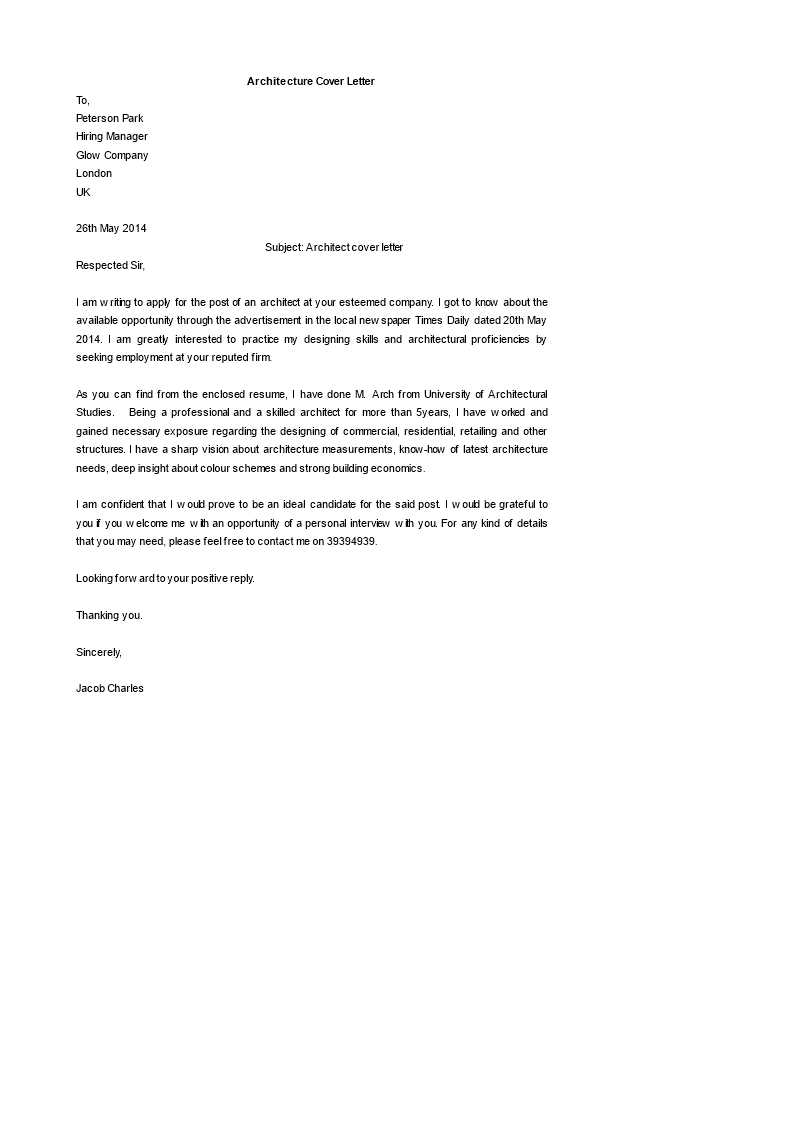
Crafting a cover letter for an architect position requires focusing on specific skills and experiences that directly align with the job description. Tailor your letter to highlight how your design expertise, technical proficiency, and project management skills can contribute to the success of the company. Use concrete examples that demonstrate your ability to turn concepts into functional, innovative designs.
Be sure to address the company’s core values and mission in your letter. This shows you’ve researched the company and understand their approach to architecture. Highlight how your past work reflects similar goals or challenges they might face. A personalized, well-researched letter helps you stand out as a candidate who is not just interested in the job but committed to contributing to the team’s vision.
Focus on key accomplishments that showcase your problem-solving abilities, leadership, and attention to detail. For instance, mention any specific projects where you led a design team or where your work directly impacted the outcome of the project. Your letter should clearly convey how your skills will benefit the company, providing solid reasons for why you are the best fit for the role.
Tip: Avoid generic phrases or overly broad statements. A cover letter that speaks directly to the specific requirements of the position and the company will stand out more effectively than one that is simply a reiteration of your resume.
Architect Cover Letter Template
Begin your letter with a clear statement of your interest in the role and the specific company. Show that you’ve researched the organization and understand what they value. Highlight your relevant skills and experiences, focusing on how they align with the job requirements. Be direct and concise in demonstrating how you can contribute to their projects and team.
Introduction
Start by addressing the hiring manager by name. Mention the position you’re applying for and where you found the job listing. In one or two sentences, explain why you’re drawn to the company and the role. Be genuine and express your enthusiasm without overdoing it.
Core Skills and Experience
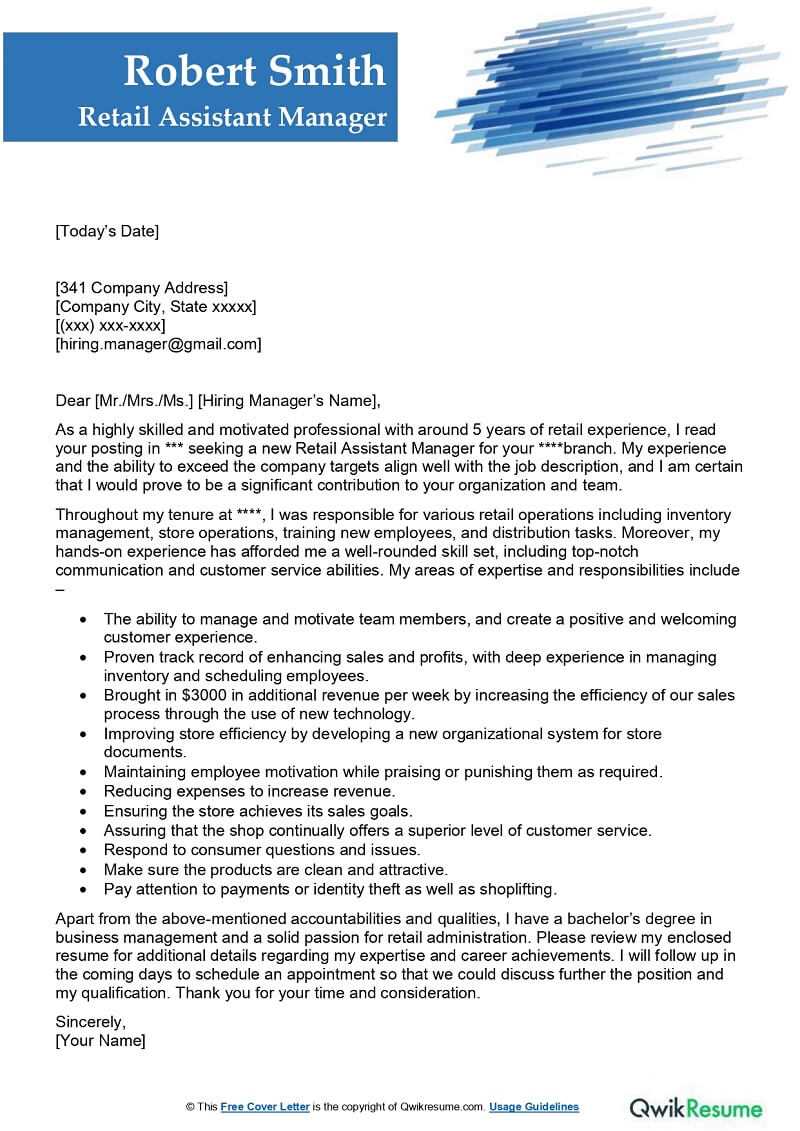
Provide specific examples of your architectural skills. Mention projects you’ve worked on that are relevant to the role, emphasizing your contributions and the skills you used. Highlight any expertise in software or tools that the company uses. Discuss your understanding of architectural principles and how you’ve applied them in real-world situations. Be clear about the results of your work and how it benefited the team or client.
Conclude by expressing your eagerness to discuss the role further. Include your contact information and availability for an interview. Finish with a polite thank you and a closing statement. Keep the tone confident and forward-looking.
Customizing Your Cover Letter for Specific Architecture Roles
Tailor your cover letter to highlight the most relevant skills and experiences for each architecture position. Research the company and role in-depth, ensuring that your letter addresses their specific needs and expectations.
- Focus on the key qualifications mentioned in the job listing. If the position emphasizes sustainable design or urban planning, highlight your experience in those areas.
- Incorporate specific examples from your portfolio that align with the company’s projects. For instance, if applying to a firm known for commercial buildings, showcase your expertise in large-scale projects.
- Address the company’s values and culture. If they prioritize innovation, demonstrate how your creative approach has led to successful, forward-thinking designs.
- Be clear about how your skills will contribute to the company’s goals. For instance, if the role involves leading a team, mention any leadership experience and your ability to guide projects from conception to completion.
Always tailor your tone to match the company’s style. If applying to a boutique firm, adopt a more personal and passionate tone. For larger corporations, maintain a professional, structured approach.
Lastly, don’t forget to mention how your long-term goals align with the company’s mission. This shows commitment and a genuine interest in contributing to their vision.
Highlighting Key Architectural Skills and Experience
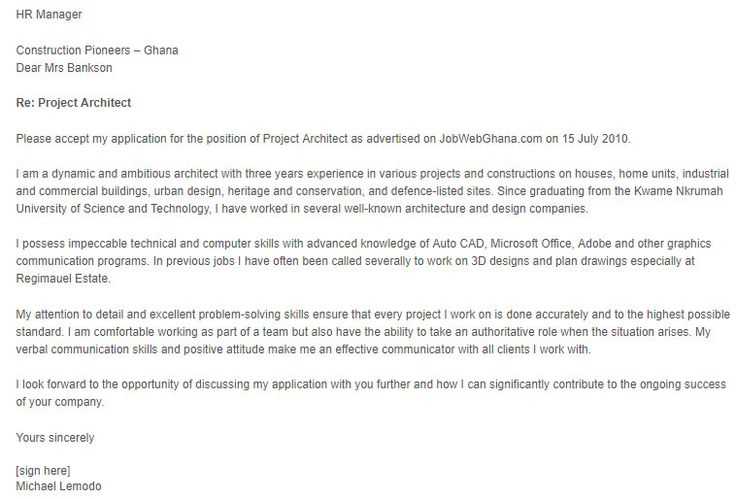
Focus on detailing your proficiency in design software, such as AutoCAD, Revit, or Rhino. Show how your skills in these tools directly contributed to successful projects, whether in drafting, 3D modeling, or rendering. Employers want to see how you apply these skills to meet client demands and deadlines.
Design & Problem-Solving
Demonstrate your ability to think creatively while addressing functional requirements. Describe how you’ve tackled design challenges, balancing aesthetics with functionality. Be specific about projects where your problem-solving skills led to optimized designs, reduced costs, or increased efficiency.
Project Management
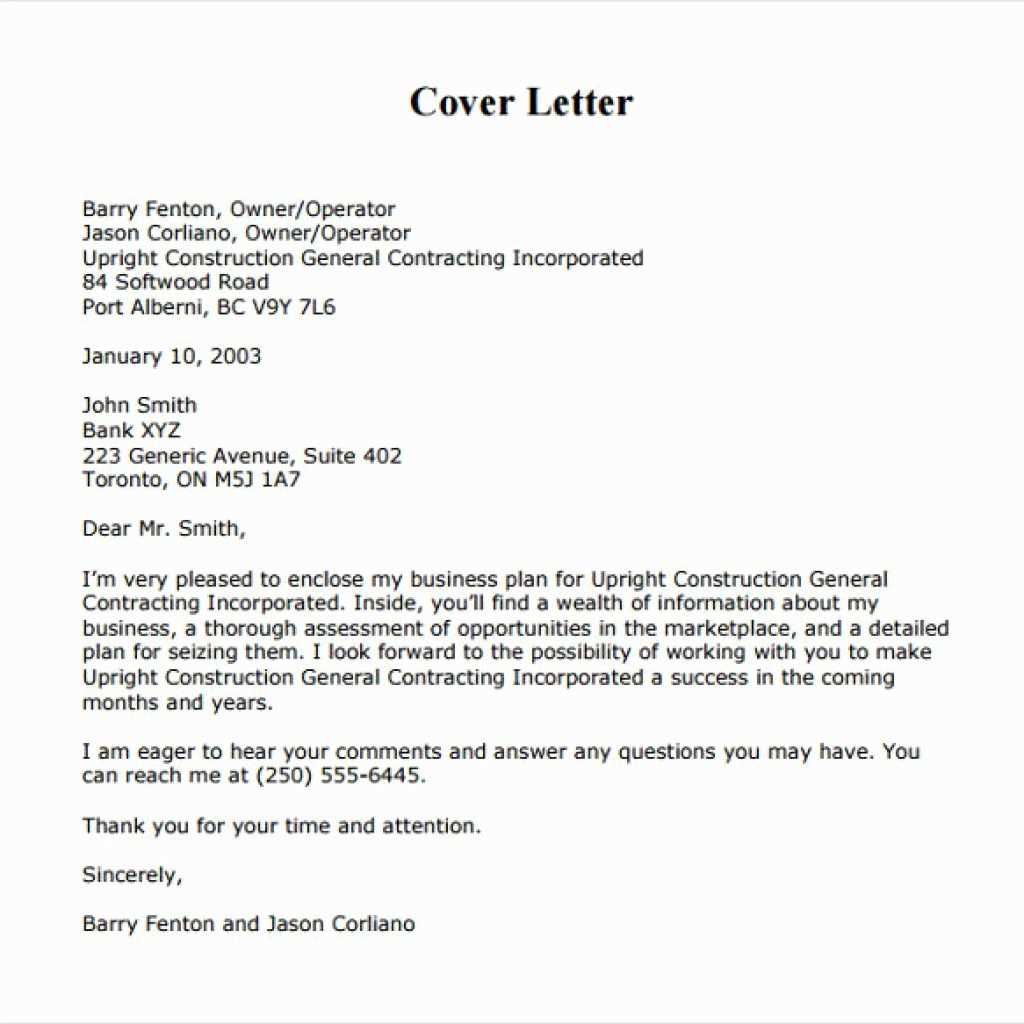
Highlight your experience in managing architectural projects from concept through completion. Share examples of how you’ve handled budgeting, timelines, and coordination with contractors or clients. Show how your leadership kept projects on track, ensuring they were completed on schedule and within budget.
Provide concrete examples of collaborative efforts with multidisciplinary teams, showcasing your communication skills. Explain how you’ve effectively conveyed design concepts and integrated feedback, ensuring a cohesive final result.
Lastly, showcase your expertise in adhering to building codes and regulations. Employers value architects who can navigate legal complexities without compromising on design quality.
Demonstrating Knowledge of the Company’s Architectural Projects
Research the company’s key projects and showcase how your experience aligns with their design approach. This demonstrates your genuine interest and your understanding of their work.
- Identify notable projects completed by the company. Mention specific buildings or designs that resonate with you.
- Link these projects to your skills or previous work. For instance, if you have experience working with sustainable materials, highlight how this matches the company’s eco-friendly designs.
- Discuss the architectural style or techniques used in their projects. Show how your design philosophy complements or enhances their existing approach.
- If possible, mention any awards or recognitions their projects have received. This shows you’ve done your research and admire their achievements.
By incorporating detailed references to their projects, you make your application stand out as thoughtful and well-informed, demonstrating both knowledge and interest in the company’s work.
Including Relevant Software and Technical Competencies
List software and technical skills directly related to architecture. Highlight proficiency in programs like AutoCAD, Revit, and SketchUp, which are commonly used for drafting and 3D modeling. If you’re skilled in Photoshop for visual presentations or V-Ray for rendering, mention them as well. Demonstrating knowledge of Building Information Modeling (BIM) tools is a plus, as it’s increasingly required in modern architectural projects.
Don’t forget to mention your familiarity with technical standards and regulations, such as LEED certification for sustainable design or building codes in different regions. A clear understanding of these principles reflects a strong technical foundation.
For candidates experienced in programming, Python or Grasshopper can be valuable for automating design processes and performing data-driven tasks. These technical competencies show your ability to integrate cutting-edge technology into architecture.
Present your skills clearly and specify your proficiency level–whether it’s beginner, intermediate, or advanced–so employers know exactly what you bring to the table.
Presenting Your Portfolio and Design Approach
Showcase your portfolio with a clear and concise selection of projects that highlight your skills and experience. Prioritize quality over quantity, selecting designs that reflect your range while maintaining a cohesive theme. Tailor the portfolio to match the specific role you’re applying for, demonstrating how your work aligns with the firm’s aesthetic and values.
Describe your design process with a focus on problem-solving. Explain how you approach each project, from concept to completion. Include examples where you’ve successfully balanced functionality, creativity, and client needs. Make sure to highlight any innovative solutions or challenges you’ve overcome, showcasing your adaptability and expertise in various design scenarios.
Be specific about the tools and techniques you use. Detail your proficiency with design software and other technical skills that support your work. Include any collaborative efforts or cross-disciplinary involvement that might be relevant, illustrating your ability to work with diverse teams and stakeholders.
Give context to your projects by discussing your role in them. Whether leading the design process or contributing as part of a team, clearly define how you influenced the final outcomes. This clarity helps potential employers understand your strengths and areas of expertise.
Polishing Your Writing for Clear and Concise Communication
Focus on clarity by removing unnecessary words and repetitive phrases. Every sentence should serve a clear purpose. Avoid long-winded descriptions that don’t add meaning to your point.
To enhance readability, break up long paragraphs into smaller chunks. This gives the reader a chance to digest each idea more easily. Use headings to guide them through your thoughts logically.
Use Active Voice
Active voice makes your writing more direct and easier to understand. Instead of writing “The design was approved by the client,” write “The client approved the design.” This creates a stronger, more engaging statement.
Avoid Unnecessary Jargon
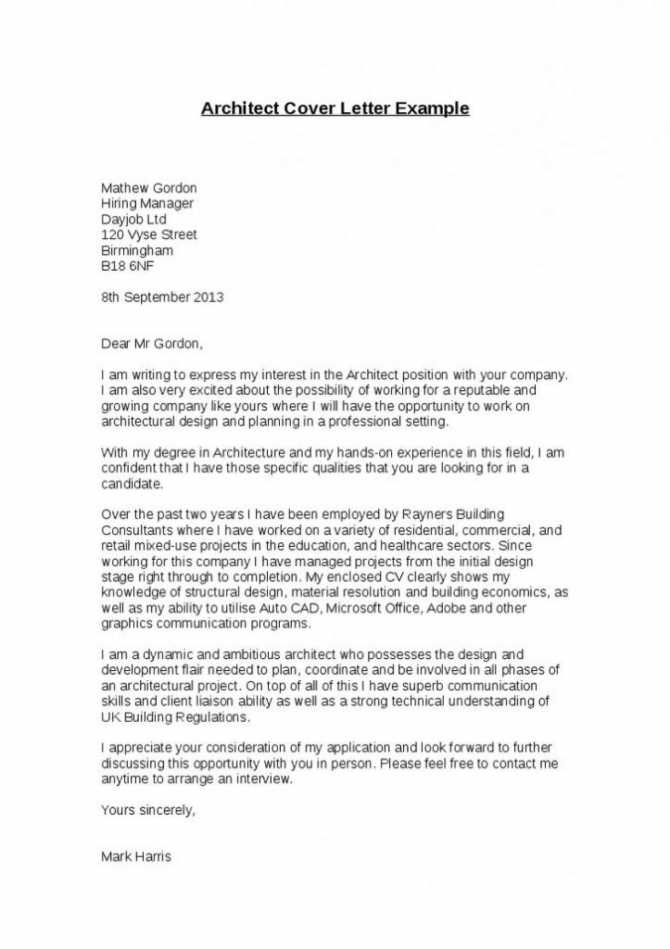
Eliminate complex terms or industry-specific jargon that might confuse the reader. Opt for simple, everyday language without sacrificing the technical detail necessary for clarity.
| Before | After |
|---|---|
| Utilize various strategies to enhance communication effectiveness. | Use strategies to improve communication. |
| We are requesting that you provide us with feedback at your earliest convenience. | Please provide feedback as soon as possible. |
| The project is anticipated to be finished by the end of the month. | The project will be completed by the end of the month. |
Review your writing for any redundant phrases or filler words. If a sentence can be said in fewer words without losing meaning, make the change. This makes your message clearer and your writing more engaging.